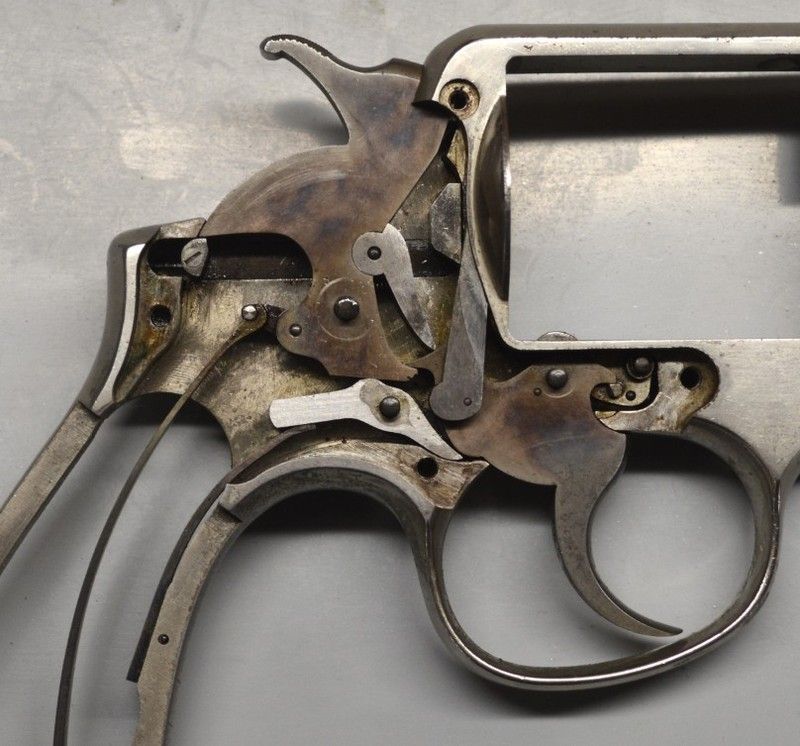bikemutt
Member
I posted recently about a rather nice S&W 342 I'd picked up. Well, the first thing I noticed is as fast as I could wipe oil off the gun, it would be back. It was seeping from everywhere, even the sideplate.
So, this weekend I pulled it apart and found a lake of Rem oil or something like that inside the gun. This is not the first time I've seen this. What is it folks hope to achieve by flooding the gun's internals with light oil?
It took me two hours to disassemble and clean the thing. Well, I also replaced the hammer and rebound springs with some from Wilson Combat. And I had to re-assemble it obviously.
She runs real good now, and my pocket is drier for it
So, this weekend I pulled it apart and found a lake of Rem oil or something like that inside the gun. This is not the first time I've seen this. What is it folks hope to achieve by flooding the gun's internals with light oil?
It took me two hours to disassemble and clean the thing. Well, I also replaced the hammer and rebound springs with some from Wilson Combat. And I had to re-assemble it obviously.
She runs real good now, and my pocket is drier for it



